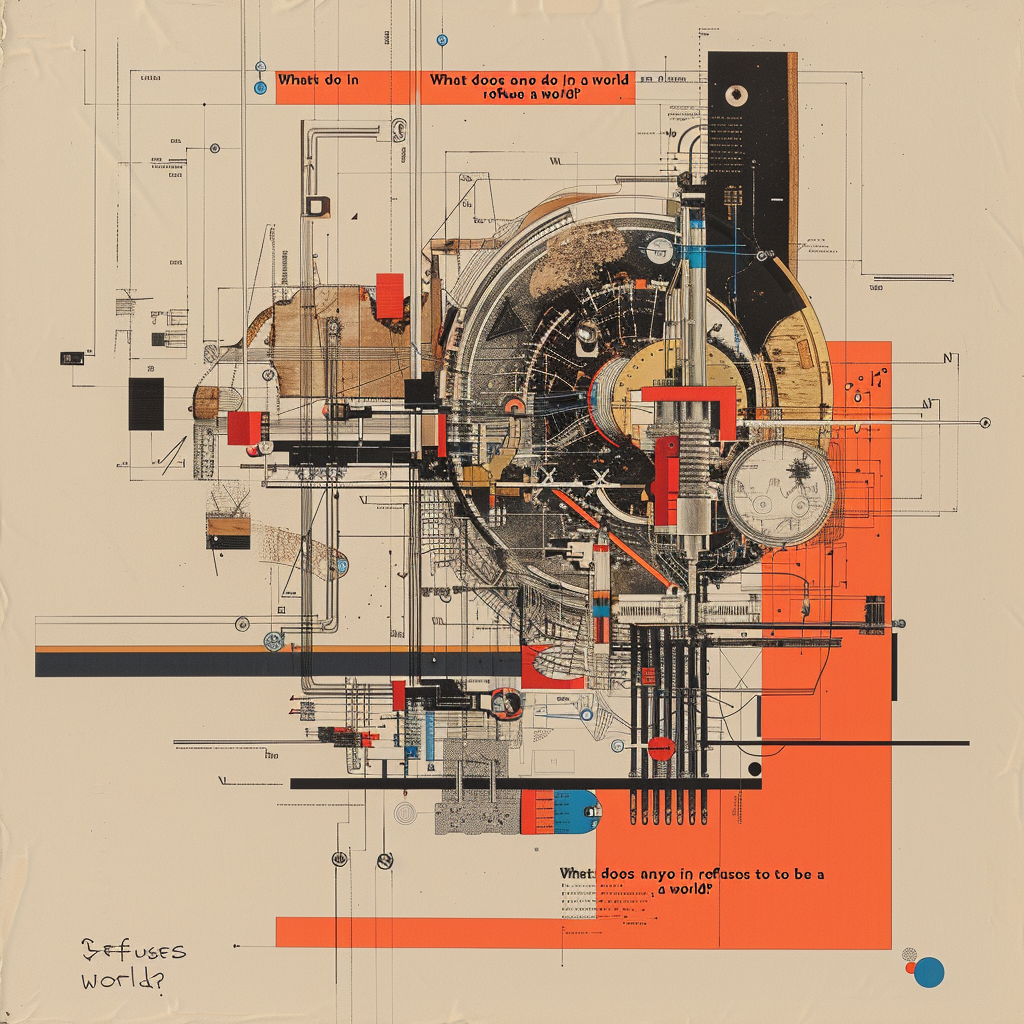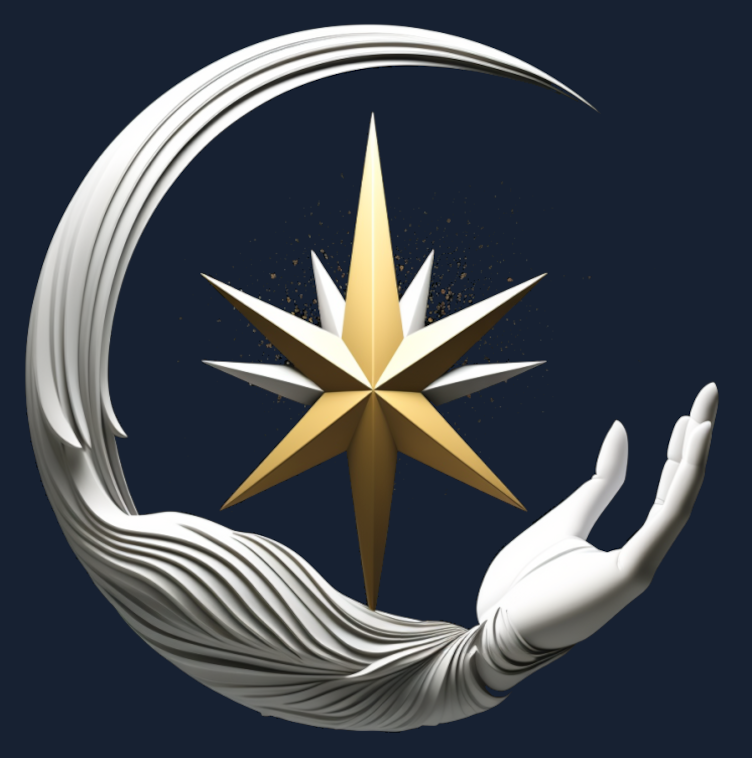Explore 2040 in Starholder: AI mentors, digital peace, and philosophical dilemmas reshape a world grappling with rapid technological and geopolitical transformations in a finely balanced digital era.

The Year In Review:
The year 2040 in the Starholder timeline was a profound amalgamation of technological advances, philosophical inquiries, and global events, all swirling into a narrative that redefined human interaction both physically and digitally.
Elara Mihai’s philosophical ponderings, encapsulated by the query “What does anyone do in a world that refuses to be a world?” resonated deeply throughout the turbulence of the era known as “The Great Disruption.” This rhetorical question not only highlighted the existential dilemmas of the time but also influenced the outlook of a generation grappling with continuous change and adaptation in a world increasingly dominated by synthetic realities.
Parallel to these philosophical currents, the introduction of Virtual Alaric by Liminal Engineers marked a pivotal advancement in AI technology. Unlike typical AI systems, Virtual Alaric was a sophisticated confluence of neural networks and actor-network theory, pushing the boundaries of computer intelligence. Virtual Alaric’s multi-functional capabilities in mentorship, ethics, and reality crafting hinted at AI’s evolving role in shaping human decision-making processes and societal morals.
Accompanying these technological strides was the development of what historians termed “Pax Virtualis.” In this period, the mesh of digital diplomacy, virtual realities, and AI led to a unique stasis in international relations. This phase of relative digital peace came after the stark disruptions caused by events like China’s invasion of Taiwan in 2035, reflecting both the potential harmony and underlying tensions that could erupt from geopolitical maneuvers in a digitally interconnected world.
The narrative also spread into the realm of entertainment, reflecting societal trends and fears, much like the synthetic story of Stone’s Cloud. This story, although critiqued for its clichéd approach, provided insight into the collective subconscious, expressing a kind of narrative flatness that mirrored societal fears about AI-generated content and the authenticity of human creativity in a world saturated with artificial conceptions.
The practitioners of Liminal Engineering also came into the spotlight, navigating the “interstices” of rapidly changing tech landscapes. Their work, grounded in the challenging philosophical questions of their time, brought to light the ethical considerations necessary when crafting technology that continuously reshapes human reality.
In essence, 2040 was not just a year of technological evolution but also a mirror reflecting how humanity coped with, adapted to, and sometimes resisted the sweeping changes wrought by digital advancements. It was a year where the digital and physical realities intertwined more seamlessly, posing both promising opportunities and profound challenges, all while asking the quintessential question of what it means to inhabit a world continuously redefined by its own creations.
Articles and Topics:
- WDADIAWTRTBAWIn the transitional era known as “The Great Disruption” (2034 – 2051), philosopher-technologist Elara Mihai posed this haunting question: “What does anyone do in a world that refuses to be a world?” The phrase caught like wildfire, becoming the rhetorical bedrock for the generation navigating the tumultuous period. For many, the question encapsulated the paradoxical experience …
- Virtual AlaricVirtual Alaric is an advanced AI entity developed by Liminal Engineers as part of their custom operating system, IntersticeOS. Far from being a mere chatbot, Virtual Alaric is grounded in neural networks and actor-network theory principles, capable of heuristic learning and constant evolution. He serves multiple functions, including adaptive mentorship, ethical auditing, reality crafting, and …
- Stone’s CloudEditor’s note: this story needs to be rendered again, it’s a decent basis for a tale but has a cliched flatness to it, much like it was written by an AI told to produce a story treatment for Black Mirror which failed to find a true edge. The sun hung low, a brooding orb casting elongated …
- Pax Virtualis2040, the world finds itself in an era that historians have come to term “Pax Virtualis.” It’s a delicate equilibrium, where digital diplomacy, virtual realities, and artificial intelligence have combined to create an intricate web of international relations. The invasion of Taiwan by China, which took place five years earlier, serves as both a painful …
- Liminal EngineersLiminal Engineering is a discipline that grapples with the complexities of transitional spaces, fluctuating states, and interstitial realities. It is a field that exists at the intersection of technology, philosophy, and ethics, guided by the haunting question: “What does anyone do in a world that refuses to be a world?” This question serves as a …
